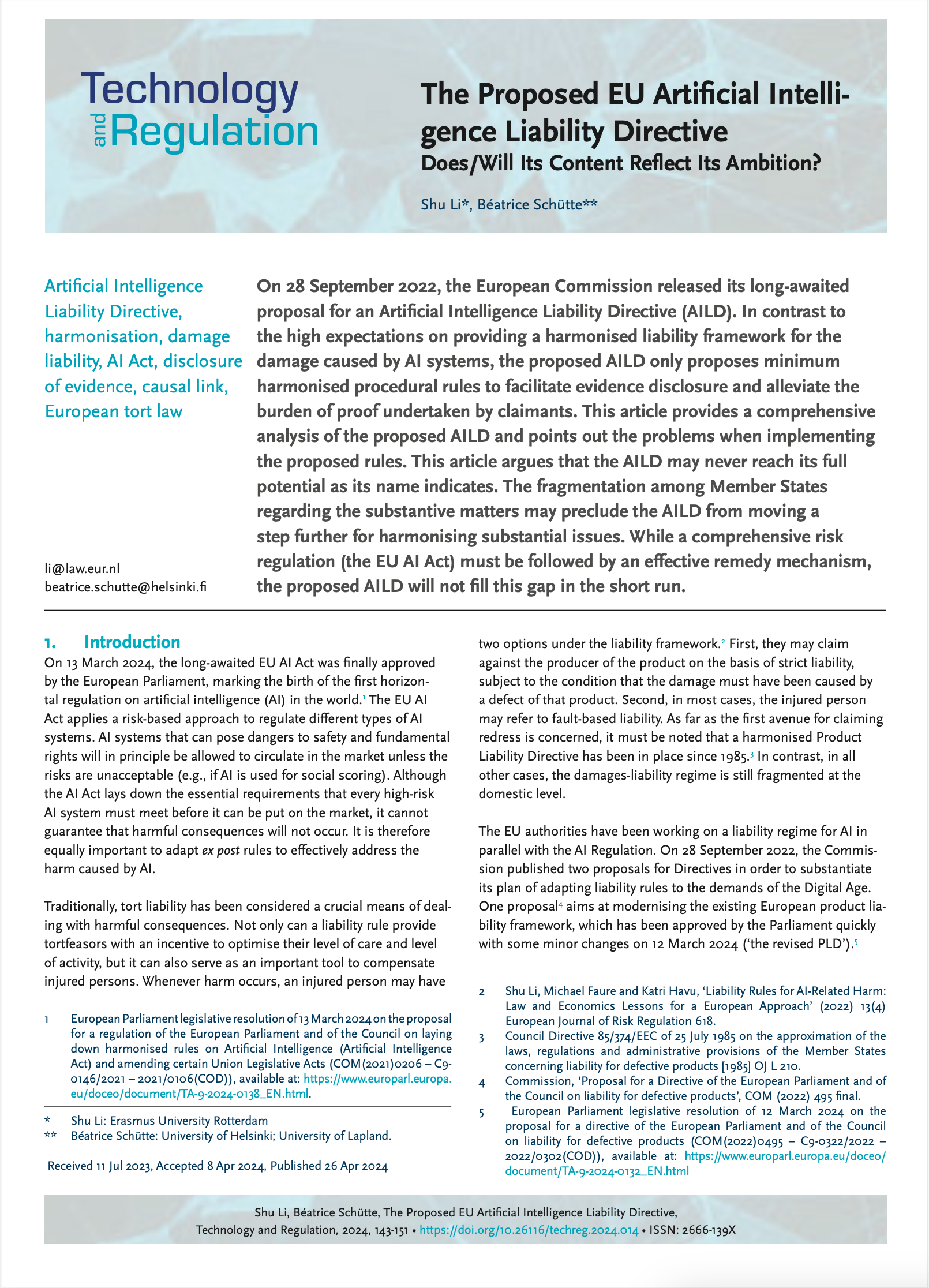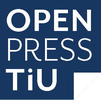The Proposed EU Artificial Intelli- gence Liability Directive
Does/Will Its Content Reflect Its Ambition?
DOI:
https://doi.org/10.71265/82fwbw94Keywords:
Artificial intelligence liability directive, damage liability, AI Act, disclosure of evidence, causal link, EU tort lawAbstract
On 28 September 2022, the European Commission released its long-awaited proposal for an Artificial Intelligence Liability Directive (AILD). In contrast to the high expectations on providing a harmonised liability framework for the damage caused by AI systems, the proposed AILD only proposes minimum harmonised procedural rules to facilitate evidence disclosure and alleviate the burden of proof undertaken by claimants. This article provides a comprehensive analysis of the proposed AILD and points out the problems when implementing the proposed rules. This article argues that the AILD may never reach its full potential as its name indicates. The fragmentation among Member States regarding the substantive matters may preclude the AILD from moving a step further for harmonising substantial issues. While a comprehensive risk regulation (the EU AI Act) must be followed by an effective remedy mechanism, the proposed AILD will not fill this gap in the short run.
Downloads

Downloads
Published
Issue
Section
License
Copyright (c) 2024 Shu Li, Béatrice Schütte

This work is licensed under a Creative Commons Attribution-NonCommercial-NoDerivatives 4.0 International License.






